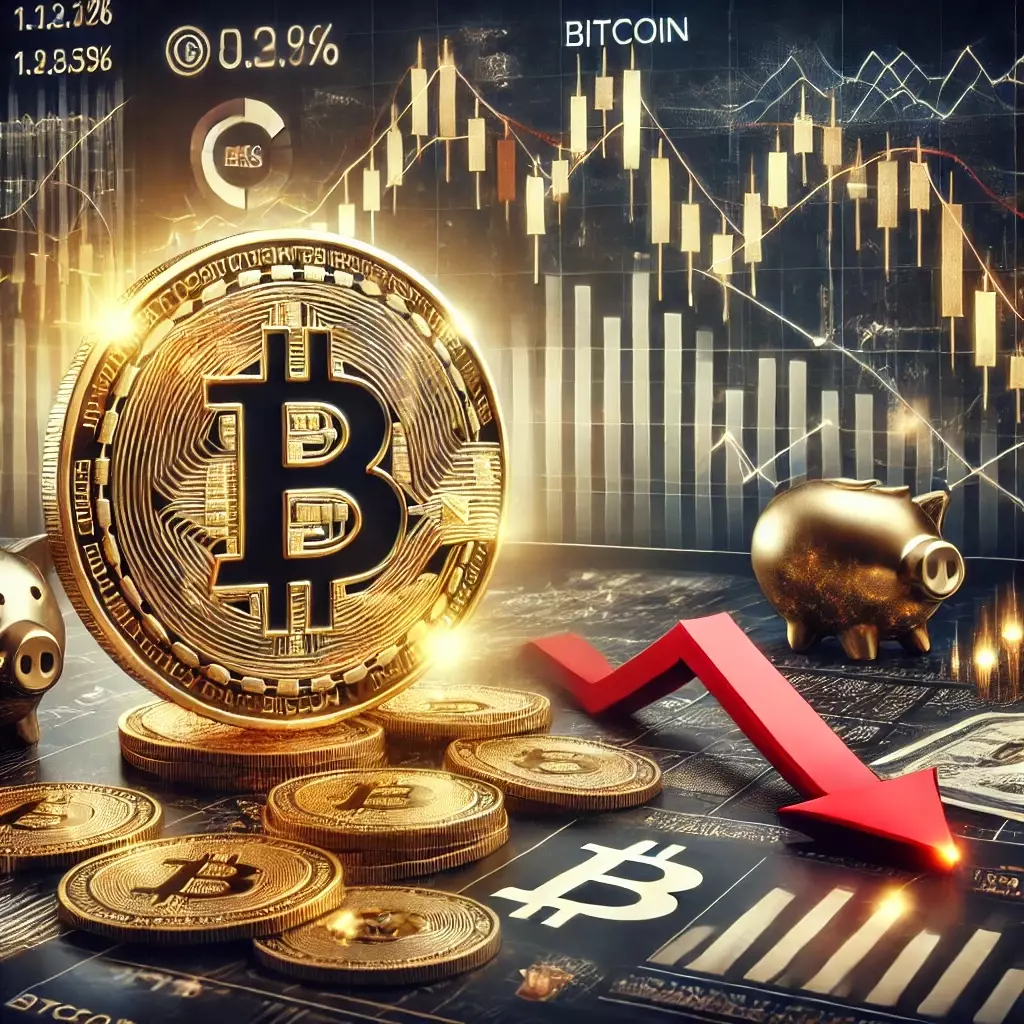In the high-stakes world of cryptocurrency, Bitcoin has recently made headlines, not for its meteoric highs but for a disconcerting downturn after reaching a staggering all-time high of over $111,000 in May. Many investors were riding the bull wave, but the landscape has shifted dramatically, with the price plummeting to around $104,000, a notable drop of 6%. This isn’t just a minor correction; it’s a stark warning of the volatility that defines the crypto market. If you thought you were safe at the peak, this decline should serve as a moment of reckoning for both seasoned investors and newcomers alike.
The Accumulation Dilemma
Analyzing the underlying market mechanics, there’s an intriguing narrative at play. A cryptocurrency analyst known as Youriverse describes Bitcoin’s recent behavior as textbook accumulation. This phase typically precedes major upward movements, characterized by higher lows and horizontal resistance. Investors experienced a brief window of optimism as buying pressure surged, aided in part by a cooling-off of external market tensions, like the trade uncertainties of the Trump administration. However, what appears to be accumulation often masks an impending volatility; when the market turns, it can lead to a sharp and unforgiving downturn.
The concept of what this analyst calls the ‘Power of 3’—Accumulation, Manipulation, and Distribution—highlights the market’s inherently deceptive nature. While accumulation was initially encouraging, it belied the manipulation that is almost ingrained within the crypto landscape. Larger players often sell at opportune moments, leaving retail investors scrambling. One must question whether the mechanisms of accumulation ever truly benefit the common investor. Instead, what looks like a consolidation phase could be a setup for emptying wallets rather than filling them.
Breaking Support: The Index of Uncertainty
There is a palpable sense of unease in the market as Bitcoin breaches critical support levels, particularly the previously trusted $106,000. Such breaches don’t merely signal a fluctuation; they underscore a “notable shift in market structure,” as Youriverse suggests. With each descending price point, the barriers to further decline erode, paving the path for potential panic selling among lesser-informed investors.
Bitcoin’s dynamic nature means that every resistance level broken leads to a cascade effect, compelling reluctant sellers to cut their losses, perpetuating a cycle of fear and uncertainty. Market sentiment can shift as quickly as the price itself, and right now, sentiment is decidedly bearish. Analyzing this from a center-right perspective, one must grapple with the balance between market freedom and necessary regulation. If the playing field remains tilted in favor of larger investors, retail investors could become sacrificial lambs in their pursuit of profit.
Danger or Opportunity? A Contradiction in Values
As Bitcoin’s trend continues to linger below the $106,000 mark, speculation about its potential journey toward the mid-$90,000s gains traction. However, this pullback and its accompanying panic might not just indicate weakness; it could present a critical buying opportunity. Investors often lose sight of the fundamental nature of price fluctuations, mistaking temporary downturns as irreversible declines. In reality, this could be a chance for accumulation at lower prices, setting the stage for future rallies.
Yet, this perspective also raises ethical questions. Is it responsible to advocate for buying into a downturn that could worsen? While purchasing at dips can lead to gains, it also risks further granting larger players a more significant hold on the market. The crypto world must confront whether its model rewards savvy investments or promotes unscrupulous manipulation under the guise of market freedom.
On one hand, the Bitcoin saga showcases the potential for life-altering gains and the allure of quick profits. On the other, it embodies the dark side of financial opportunism, where the machinery of market manipulation and conflicting interests come into play. The challenges facing Bitcoin investors today are more than just price points; they evoke larger themes of trust, ethics, and fairness in an arena desperate for accountability while teetering on the edge of unregulated excess.















Leave a Reply